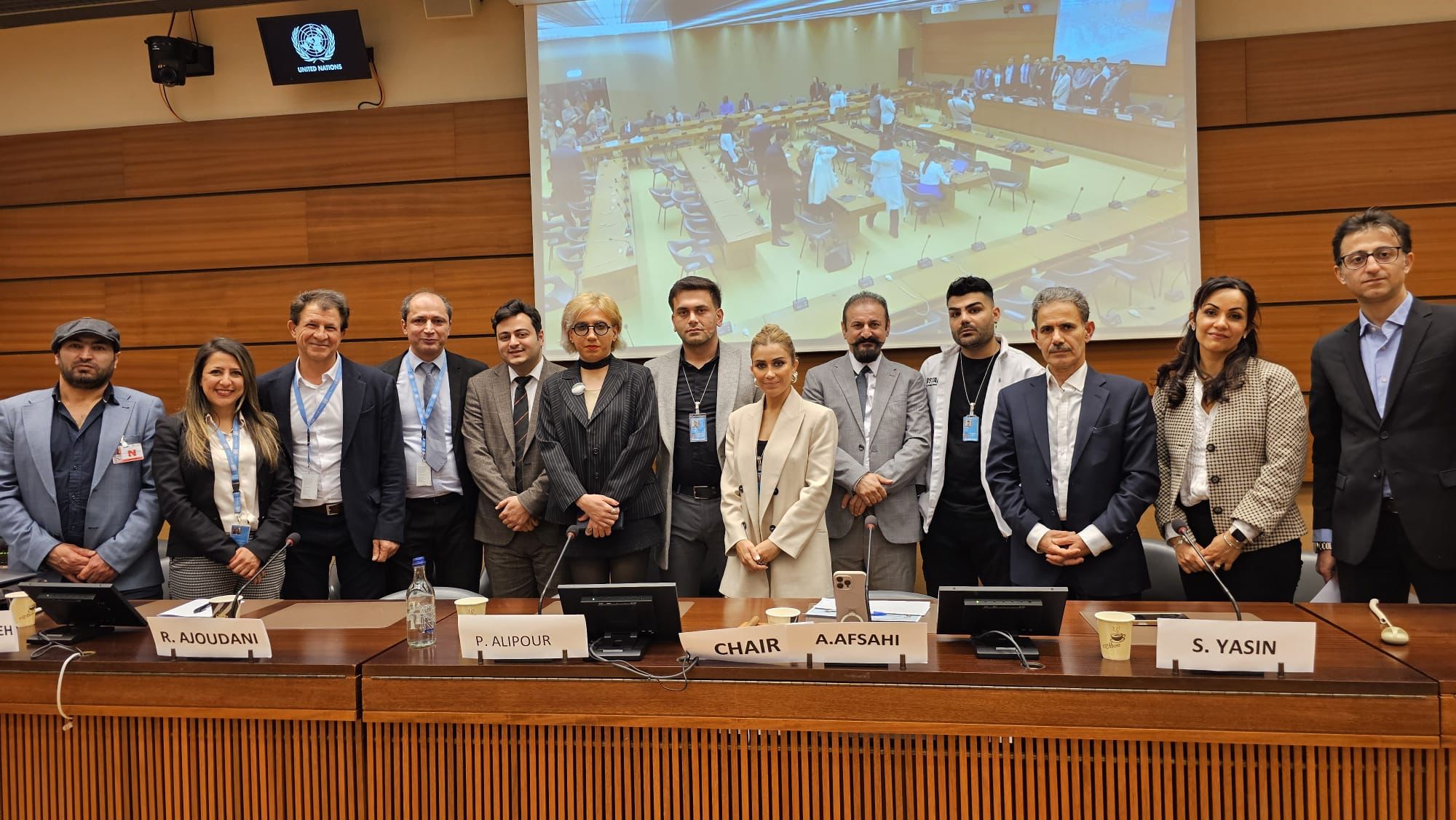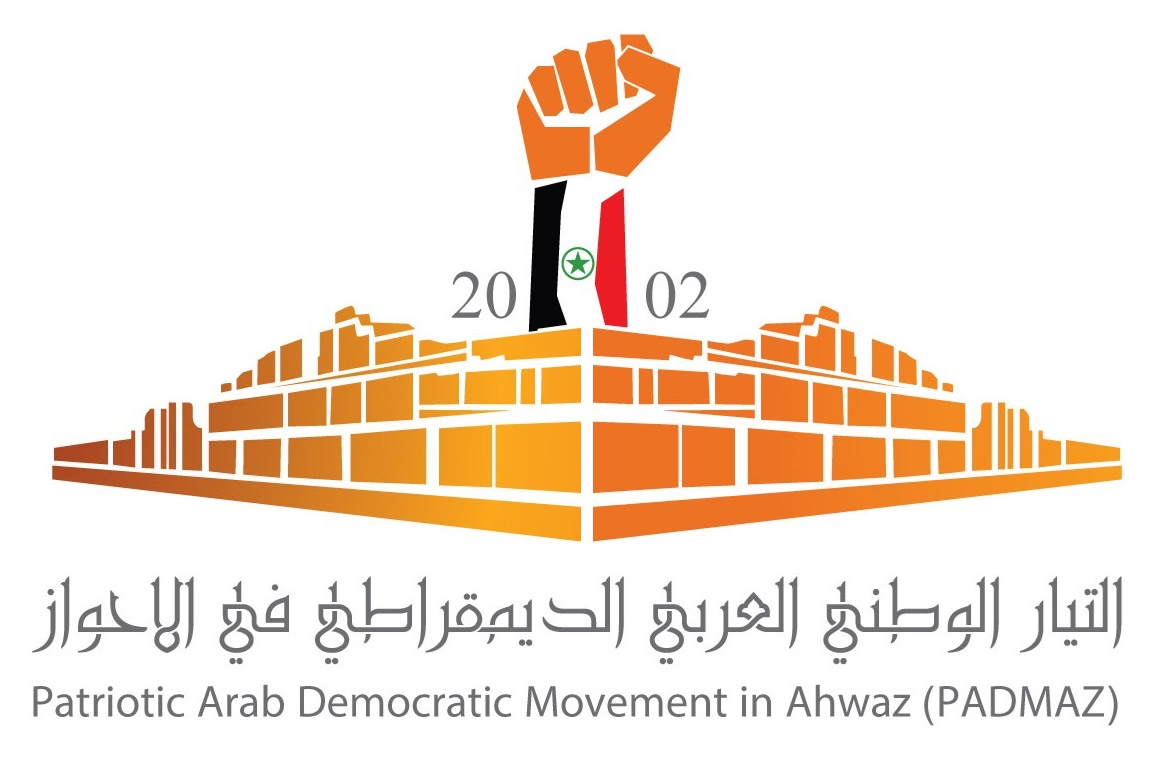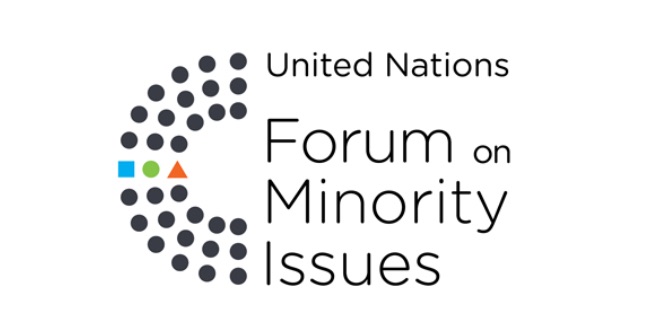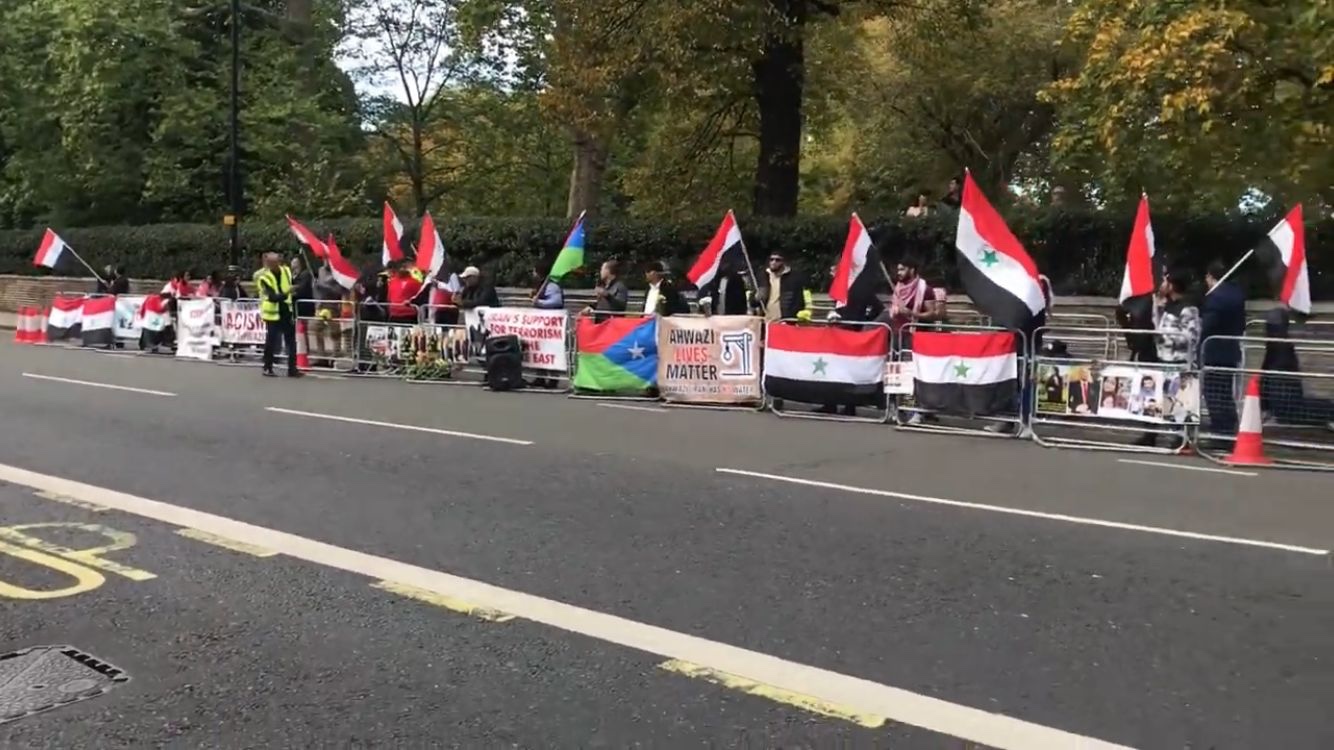Cancelling the decentralization experiment in Iran by “nation state”
Historical and Structural Reasons of the April Intifada And the Disastrous Results of Eight Decades of Racist Policies – Part2

The most important reasons for cancelling the decentralization experiment in Iran and replacing it with a “nation state”
1. The idea of establishing a new nation-state in Iran, one which is based on the Persian race and draws its strength and political, economic and cultural merits from it, began with the historic defeat of the Qajarite government by Czarist Russia in the eighteenth and nineteenth century, and the disastrous results of those defeats that ended with the humiliating treaties of “Golestan” and “Turkmenchay.” The pioneers of Persian chauvinist thought began presenting the contradictions of Qajarite (Azeri) government and the reasons behind its historic defeats and wrote prescriptions for solving those contradictions, and the outcome was books, articles and research which were all products of the imagination of those westernized educated people.
2. Westernized intellectuals and the Pioneers of the Persian Chauvinist thought: Among those intellectuals are: Jalal e Din Mirza, the author of the book “Nameye Khosrovan”[3], Mirza Fathali Akhundzadeh, author of “Maktoobate Kamal e Doleh”[4], in which he seeks the establishment of a new phase for the concept of “Government” and cancellation of all the historical pillars of the Iranian state, as well as the abolition of Islam through a comprehensive Iranian renaissance along the lines of European Renaissance, and a return to the history of Iran at the time of Sasanian and Achaemenid empire and the re-production of the political and cultural structures of those empires.[5]
Mirza Fathali Akhundzadeh
Mirza Aghakhan Kermani is the one who, in his book “Aeeneye Sekandari” or “The History of Iran”, gives guidelines on the development of the Persian nationalization plan, and creates a historical illusion for the Persian nationalists and chauvinists, deriving all of those historical illusions and errors from the Orientalists and the book “The History of Iran” written by the British diplomat “Sir John Malcolm”. In his book, he seeks to blame Arabs, Islam and the Islamic invasion of Iran for all those contradictions and problems of the Qajarite government, and incite the Persian community to revolt against Arabs and Islam, and take revenge from the Muslim Arab conquerors of Iran, and return to their clean Zoroastrian roots and restore the glory of Achaemenid kings.
There were also political and intellectual circles, which were established at the beginning of the twentieth century, such as the circle of Kazem Zadeh Iranshahr and Iranshahr Magazine in which racists like Taghi Zadeh and Poor Davood wrote. The magazine worked on promoting the ideas of the German philosopher Fichte and the French aristocrat Arthur De Gobineau of the pioneers of Nazism and Fascism in Europe. There was also the circle of “Anjoman Iran Javan” and Ayandeh magazine, which was led by Mahmoud Afshar who is known for his Persian chauvinist inclinations and was the godfather of the racist nationalist policies after Reza Shah gained the power in Iran. Those racist policies had a great impact on the Iranian nations in general and the Arab people of Ahwaz in particular. These two circles worked on promoting Hegel’s idea of “the historical nation” and emphasizing on the originality of the Persian people and their being a historical nation and, therefore, regarding the Persian nation as the only one that deserves life and evolution and that the other Iranian nations are spurious and non-historic and must be melted in the crucible of Persian culture through systematic racist policies like process of cultural alienation, ethnic cleansing, ethnocide, genocide, ethnic displacement, and etc. Consequently, research centers were founded to focus on the Arab people of Ahwaz and on other Iranian nations.
3. Bolshevik revolution and its geostrategic implications: The Bolshevik revolution and the collapse of the czarist rule had a deep impact on the geostrategic situation of the Iranian state in 1917. Prior to that resounding collapse, oil was discovered in Ahwaz, which led to an increasing importance of this region and the Iranian State, and was the initiation of a new level of relationship between the Ahwaz region and the central state. This new relationship which has been through many ups and downs throughout the history took its initiatory step in the Second Treaty of “Arz Rum” between Qajarite government and the Ottoman government. The relationship was strengthened by the Treaty of Sykes-Picot, which was menacing to the peoples of the Middle East. Considering the colonial interests of the great powers, especially after the collapse of the Ottoman government, these powers started forming a new geostrategic tendency, and so they planned to create a belt around the Bolshevik state to be expanded southward including Turkey and Iran, and eventually get access to the oil fields and the warm waters. That new geostrategic tendency was to establish two new similar central governments in Iran and Turkey serving the interests of the colonial powers at the expense of the constituent peoples of these two states. The two newly formed governments were similar in political format and orientations, and were the product of copying the Jacobean experiment of the French government. However, this experience has been distorted in such a way that the concepts of political participation, comprehensive citizenship, and democracy were abolished from the French version and were replaced by oppression, marginalization and abusive methods against the peoples living in these two states.
4. The Historic alliance between the Persian merchants, Shiite clerics and Persian nationalists: After the establishment of Safawi government which employed Shiite denomination for political purposes, a historic relationship between Shiite clerics and merchants and the Iranian government was formed. Iranian government gained its legitimacy from the clergy and was a supporter of their religion school[6], and in contrast, the clergymen had a high position among the Iranian politicians. Moreover, the money coming from “khoms and zakat”[7] paid by the traders had an important role in the independence and strength of the clerics and their religion school. This mutual relationship between these parties continued until the beginning of the twentieth century. The Persian merchants had a dangerous role in that period, as, given their limited trading chances and their growing greed, they began expanding their trade towards other ethnic areas and employed this historic relationship to the disadvantage of the markets and the traders of the Iranian nations. Moreover, some of the clergymen alleged that Reza Shah is evangelical of the arrival of Imam Mahdi, and that his policies are in the service of the goals of the Supreme Shiite State, and therefore he must be absolutely free in the implementation of his new policies and orientations.
However, the relationship between the clergy and the Persian nationalists was tense at the beginning, but that relationship changed and soon improved to coordination between these parties in the formation of which Persian traders played an important role.
5. Zoroastrian men of policy and religion: Persia and Iran’s historic past are of special consequence to the Zoroastrians in general and Iranian Zoroastrians in particular, as they consider that historic state as theirs and as the only place where they were able to establish their religious Government and its importance to them is similar to that of Palestine to the Jews.
Accordingly, they consider Islam as having been a barrier to achieving their ambitions after the collapse of the Sasanian at the hands of Arabs and Muslims; therefore and after that the Qajarite Government became weak, specifically in the days of Nasser e Din Shah, they started planning to recreate their alleged historical roots and to quest for the restoration and revival of Zoroastrian Achaemenian and Sasanian empires.
There was coordination between the Zoroastrian Iranians and Zoroastrian institutions in India. Among those institutions which played an important role in the subsequent developments in Iran are: “The institute of improving Zoroastrian’s situation in Iran”[8], headed by Sardinshah Petit Baronet, “The Persians of Iran Charity Institution” and “The Persian Amelioration Fund”[9].
There was coordination between the Zoroastrian Iranians and Zoroastrian institutions in India. Among those institutions which played an important role in the subsequent developments in Iran are: “The institute of improving Zoroastrian’s situation in Iran”[8], headed by Sardinshah Petit Baronet, “The Persians of Iran Charity Institution” and “The Persian Amelioration Fund”[9].
Amongst the Indian Zoroastrian people who played an important role in those developments are the representative of the Indian Zoroastrians in Iran and the diplomat of the East India Company Government, “Mankji Limji Hushang Hatria”, known as Mankji, and Ardeshir Jei and Arbab Gio who were employees of the diplomatic service in the Government of East India Company. Ardeshir Jei had a special position for the British government, as well as for the French ambassador then, Comte De Gobineau[10]. Two of the most important Iranian Zoroastrians are Arbab Jamshid and Arbab Kei Khosrow Shahrokh; the latter was the author of several books including “Aeene Mazdisti” and “Foroughe Mazdisti” which played an important role in the political developments in Iran at the beginning of the twentieth century.
Mankji Ardeshir Jei Arbab Jamshid
These Zoroastrian politicians had a certain strategy to revive Zoroastrianism and they were influenced by the works of the Zionist leaders who held their meetings under the chairmanship of “Theodor Herzl” in the city of Basel in Switzerland, which came to fruition in the “Balfour Declaration” in 1917, which led to the establishment of the Jewish entity. Most of these Zoroastrians were working for the British government of East India and, therefore, had a strong relationship with the colonial Britain. Their first step was persuading Nasser e Din Shah in order to give the Ahwaz region to these Zoroastrians for the purpose of establishing their desired historical entity, and the proposal of this plan was submitted by Mirza Aghakhan Kermani in his famous letter “Omran e Khuzestan” to Nasser e Din Shah[11]. Those plans were continued in coordination with the British colonizers in order to achieve this historical dream of the Zoroastrians.
Mirza Aghakhan Kermani
The compilation of all these historical factors at the beginning of the twentieth century produced disastrous results for Iran as a state, as well as for the nations of Iran as Azeri Turks, Kurds, Arabs, Turkmens, and Balouches, etc. The outcome was the abolition of the experiment which was a result of the historical substantive evolution of the concept of Iranian state, replacing it with a distorted imitation of the French Jacobean State, to ensure the dominance of the Persian ethnic through political, economic, social and cultural structures. Therefore, the meaning of Iranian citizenship became Persian citizenship, the State Language became Persian, and the official culture became the Persian culture; anything against it meant rebellion, breach of the law, and a threat to the national security, for which a person, a group, or a nation may be punished equally. To ensure the continuation of this situation, the necessary axioms and mechanisms have been identified and further codification of laws has been done. Under the influence of European “Oriental” attitude, plans and strategies were developed that were essential to create a united Iranian nation on the scale of Persian nationalism. That is classifying the Iranian nations as linguistic minorities whose language and culture have changed due to geographical proximity and that the Iranian nations, as Azeri Turks, Kurds, Arabs, and others, are in the primary stages of social development and by the completion of these evolutionary phases will become Persians and will return to their ethnic and historical roots.
This discourse took a form of an axiom and an indisputable reality that can not be compromised or objected to and is the essential basis for the nationalist policies today. To distort the historical facts about the Iranian nations, a systematic process was followed which worked through school textbooks (the Turks and Arabs introduced as invaders) and academic education; moreover, there has been a strong effort to create a new situation for the composition of those nations through ethnic cleansing, ethnocide, genocide, confiscation of the lands and the displacement of Iranian nations of Kurds, Turks, Arabs, Turkmens and Balouches to the neighboring countries. The outcome of those policies was the displacement of millions of people, and killing and injuring of thousands. Due to the nature and objectives of the discourse components of this new racist central government which is against anything Arabic, these nationalist policies adopted a fascist and racist attitude towards anything that has to do with Arabism. Therefore, the results of these policies was the displacement of thousands of Arabs of Ahwaz to Iraq and other neighboring Arab countries, in addition to the confiscation of their lands and depriving them of their political, cultural and economic rights.
[1] Dr. Ali Al-Taee, The National Identity Crisis in Iran, Shadegan publication
[2] the latest Intifada of the Arab people of Ahwaz in 2005 can be brought as an example
[3] The Book of Kings
[4] The Writings of Kamale Doleh
[5] Fereidun Adamiat, “Andishe Haye (Ideas of) Mirza Fathali Akhundzadeh”, Kharazmi Publication, Tehran 1349, p. 121
[6] Howzeye Elmiyye
[7] Kinds of Tax in Islamic rule
[8] Ebrahim Por Davud, Iranshah (The History of Immigration of Zoroastrians to India), Bi Na, Bambi, 1926, p. 25
[9] Arbab Kei Khosrow Shahrokh, The Notes of Arbab Kei Khosrow, edited by Jahangir Ushpedari, Bi Ta, Bi Na, 1335 Hijri, p. 37
[10] Rashid Shahmardan, Farzanegan e Zartoshti, Rasti Pubication (Periodical of Zoroastrian Youths Organization in Bambi), Tehran, 1330 Hijri, p.619
[11] Yahya Dolat Abadi, Hayate Yahya, first volume, 6th edition, Attar & Firdausi publication, Tehran, 1371 Hijri, p. 160










